I would like to fully understand the following schematic. Especially the nonlinearities are of interest. (Supply Voltage is +/-15V for both OpAmp and OTA)
It's an amplification circuit and the in going voltage is used to control the amplification via the OTA. However, I have trouble fully understanding the use of the transistor.
The applied voltage might be anything between 0V and 5V. this is then scaled with a resistor ([0,5]). The OpAmp applies a positive 0.3V offset and scales the signal slightly. (g = 1.02)
Sadly, this is where I drop out. I understand that the transistor is used as a common base transistor and that the offset (0.3V) is most likely used to get closer to the minimum 0.7V needed for a current to flow. I would like to know the dependency between the output of the OpAmp and the control current (Iabc) of the OTA. What is the correct approach of "calculating" the current at the transistors collector?
